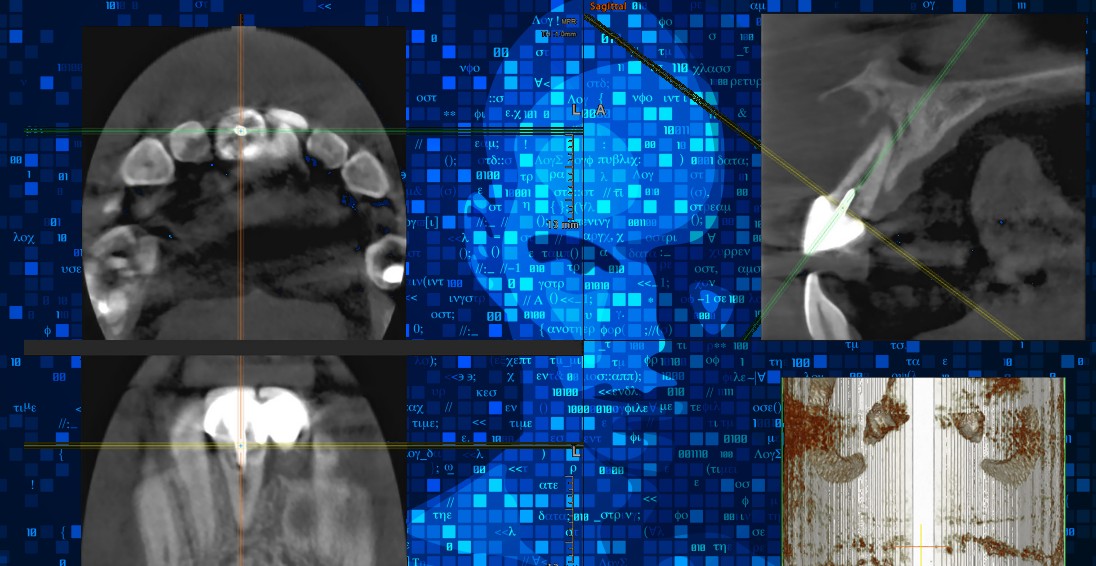The AI Transformation in Dentistry:
Smarter diagnostics and personalised treatment plans

Artificial intelligence and machine learning technologies are transforming dentistry, offering enhanced diagnostic capabilities and customised treatment planning for improved patient outcomes.
Artificial intelligence (AI) and machine learning are revolutionising various industries, and dentistry is no exception.
In recent years, these advanced technologies have been integrated into dental software and imaging systems, promising to enhance diagnostic capabilities, streamline treatment planning, and ultimately, improve patient outcomes.
One of the most significant breakthroughs in dental AI is in the field of diagnostic imaging. By applying machine learning algorithms to analyse dental X-rays, cone beam computed tomography (CBCT) scans, and other imaging data, AI-powered systems will soon be able to quickly and accurately identify dental issues, such as caries, gum disease, odontogenic and non-odontogenic cysts, and oral cancer, with a level of precision that rivals, or even surpasses, human dentists.
AI-driven diagnostics
Dr. Sarah Williams, a dental radiologist and Dentaljuce contributor, explains the potential of AI in dentistry: "AI-driven diagnostic tools have the ability to process large amounts of data rapidly and recognise subtle patterns that may be difficult for the human eye to detect. This can lead to earlier and more accurate diagnoses, which in turn results in more effective treatment plans and better patient outcomes."
"It is easy to train AI to spot a bicycle in a photograph, because there are millions of freely-available images of bicycles available" she explains. "However, getting adequate numbers of medical images to train an AI system is much more difficult, not least because of data protection laws that prevent us using images from anything other than their original purpose. AI is not yet clever enough to work things out for itself - it initially has to be taught."
In addition to diagnostics, AI is making strides in treatment planning, particularly in the field of orthodontics and dental implants.
Machine learning algorithms can analyse patients' dental records, including their 3D digital models and images, and develop personalised treatment plans that optimise tooth movement and implant positioning.
This will allow for more efficient and predictable treatment outcomes, reducing the need for additional procedures and shortening overall treatment times.
Data-driven prevention
Another area where AI is making an impact is in the identification of dental health trends and patterns. By analysing large datasets of dental records, AI systems can uncover correlations between various factors, such as age, diet, and oral hygiene habits, and the development of dental issues.
This information can be used to create targeted prevention strategies, helping patients maintain their oral health and avoid future problems.
Despite the excitement surrounding AI in dentistry, it is essential to recognise that these technologies are intended to complement, rather than replace, the role of dental professionals. As Dr. Williams notes, "AI is a powerful tool that can support dentists in making more informed decisions and providing the best possible care for their patients. But hopefully it won't ever replace the human touch."
As AI continues to advance and become more integrated into dental practice, patients can look forward to more accurate diagnoses, personalised treatment plans, and better overall oral health. The future of dentistry is undeniably bright, with AI playing a pivotal role in shaping the way we approach dental care.

